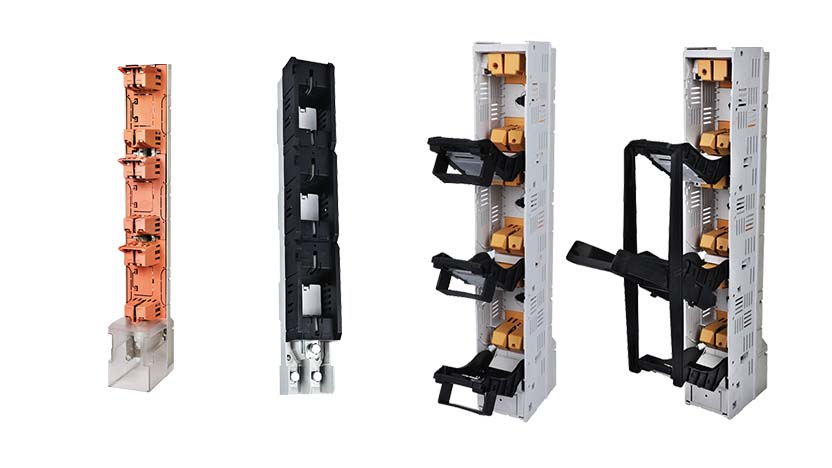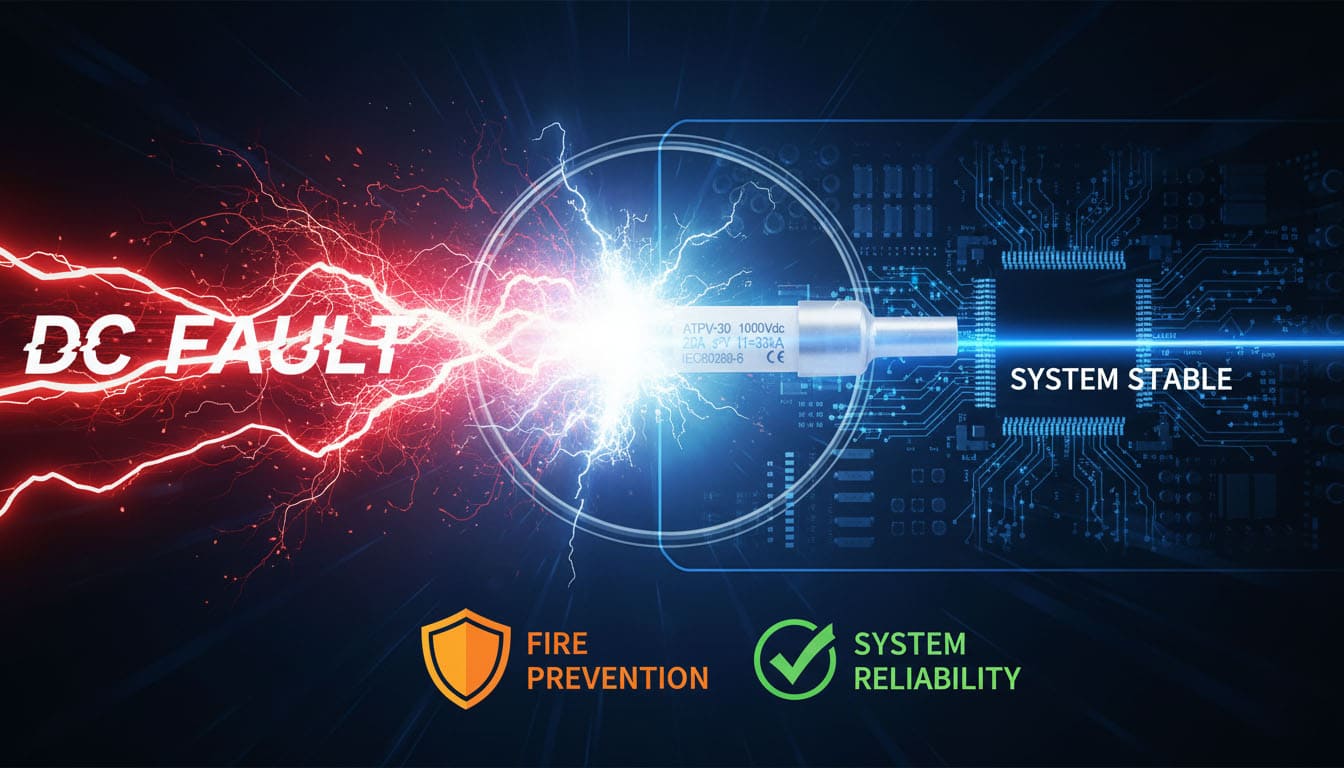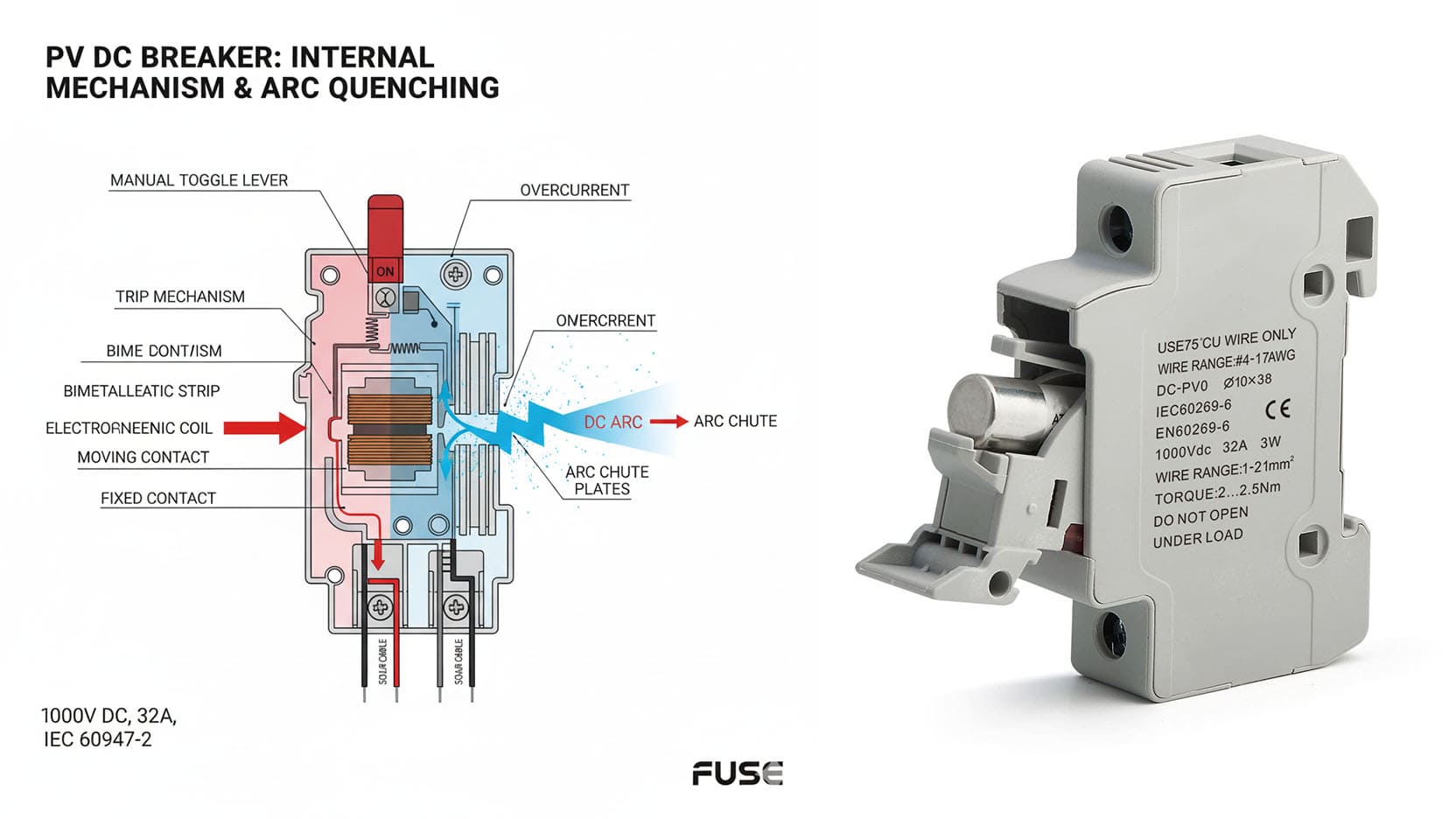Photovoltaic systems can fail quietly but dangerously without proper fuse protection.
A photovoltaic fuse1 is a specially designed DC-rated protective device2 that prevents overcurrent damage3 in solar installations, ensuring both safety and efficiency for panels, inverters, and wiring.
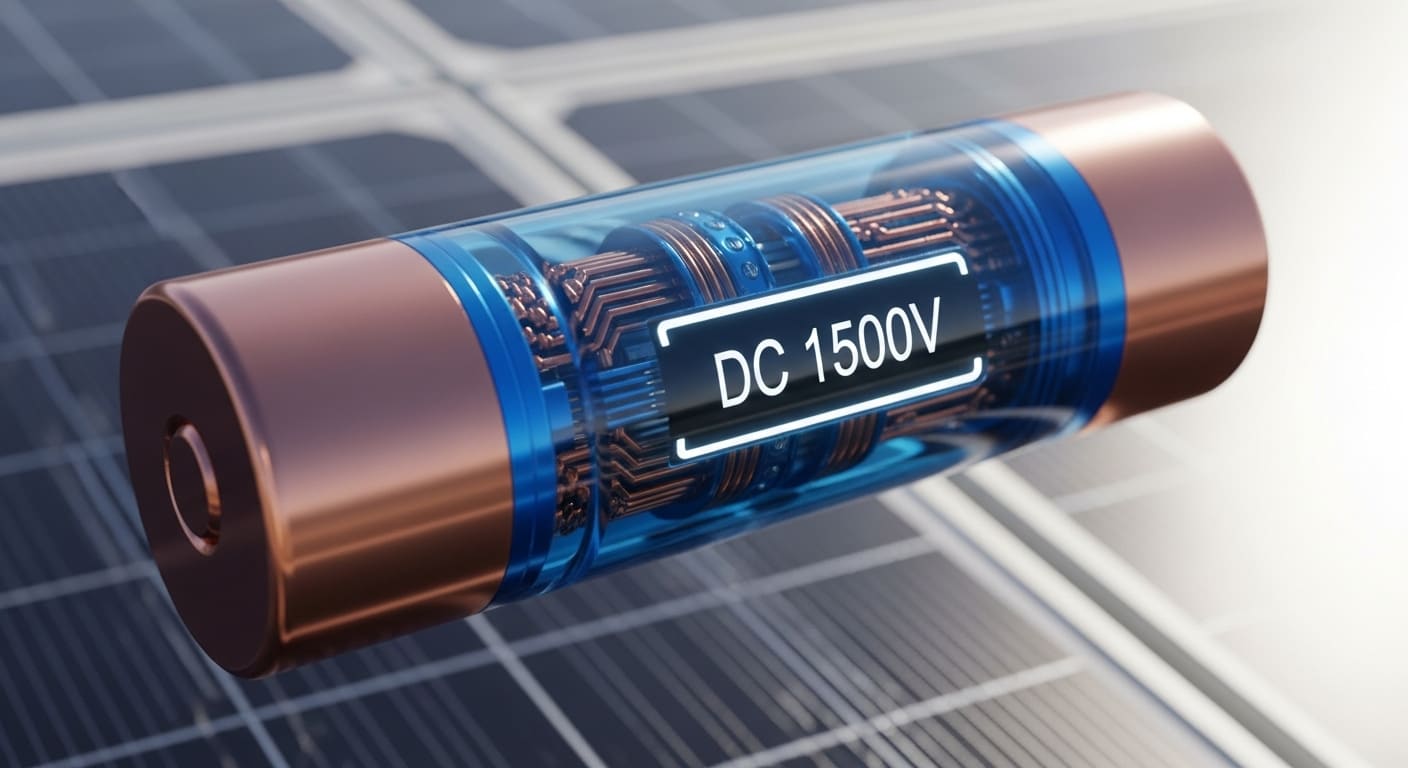
I have seen too many engineers treat PV fuses as compliance items rather than safety tools. When I inspect failed systems, improper fuse selection appears again and again. It usually starts with one wrong specification: an AC fuse where a DC one should be, or a size that seems “close enough.” But DC fault currents behave differently, and the effect can be permanent damage or even fire. Understanding PV fuses is not optional—it is vital.
What fuse to use for solar panels?
Even a well-designed solar system can fail if current is not controlled precisely.
Solar panels need specially rated photovoltaic fuses designed for DC use, high-voltage endurance4, and low power loss at continuous current, unlike standard AC fuses.
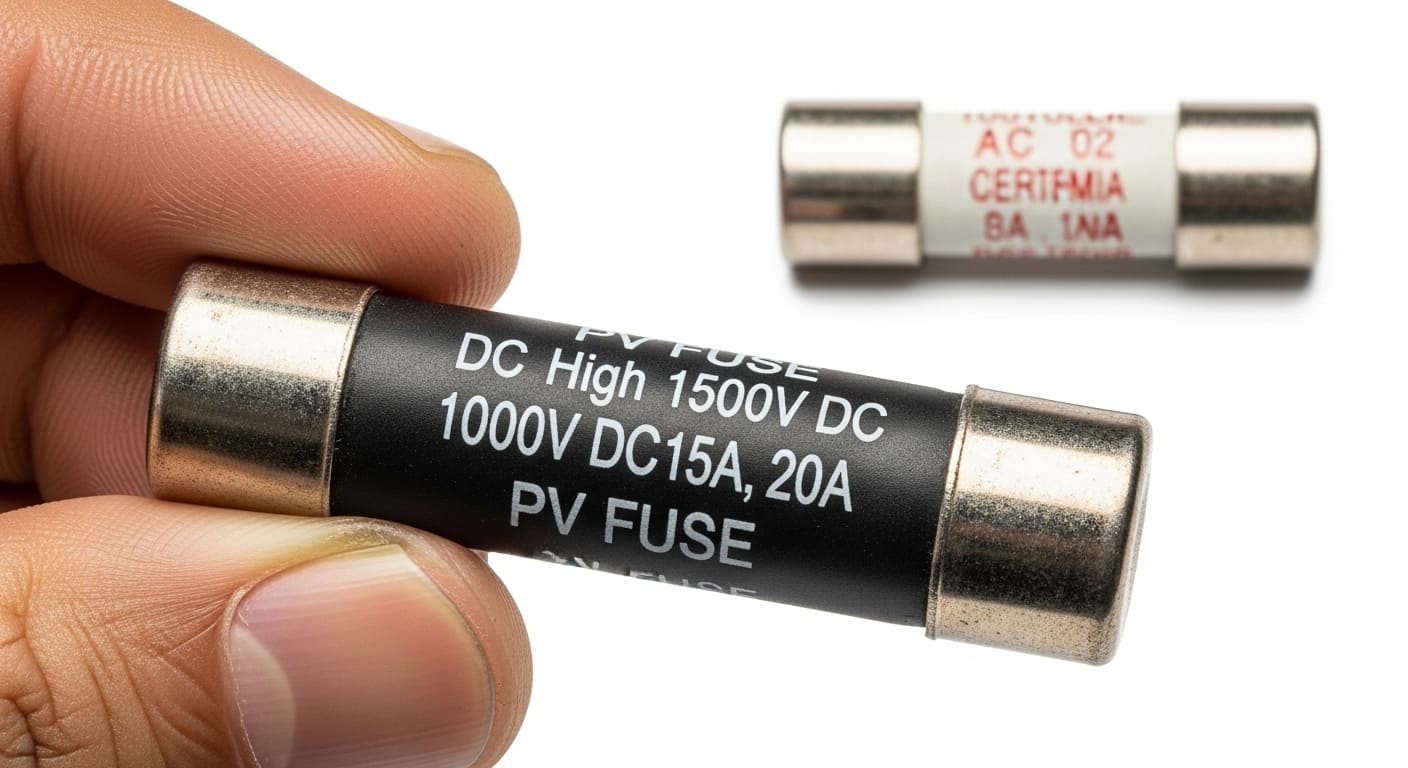
Why DC-specific fuses matter
The fuse choice starts with understanding current direction. Solar strings produce one-way DC current, which does not cross zero like AC. That means when a fault occurs, the arc cannot extinguish itself easily. PV fuses have filler materials and body designs to absorb that energy. I once saw an installer replace a blown DC fuse5 with an AC type, and the arc actually burned through the holder instead of stopping the circuit. That incident alone showed me why DC-rated fuses are non-negotiable.
| Fuse Type | Intended Use | Voltage Rating | Arc Extinguishing Method |
|---|---|---|---|
| AC Fuse | Alternating current circuits | Lower | Zero-crossing |
| DC Fuse | Photovoltaic and DC systems | Higher | Arc-quenching material |
| PV Fuse | Solar applications, often up to 1500V DC | Highest | Ceramic + sand filling |
Choosing the right fuse keeps the system safe under high voltage stress and temperature extremes.
What is the purpose of a DC fuse used in an inverter?
The inverter cannot protect itself from upstream faults without help.
A DC fuse in an inverter stops overcurrent from flowing into the inverter’s input terminals, preventing expensive damage and ensuring isolation during maintenance or emergencies.
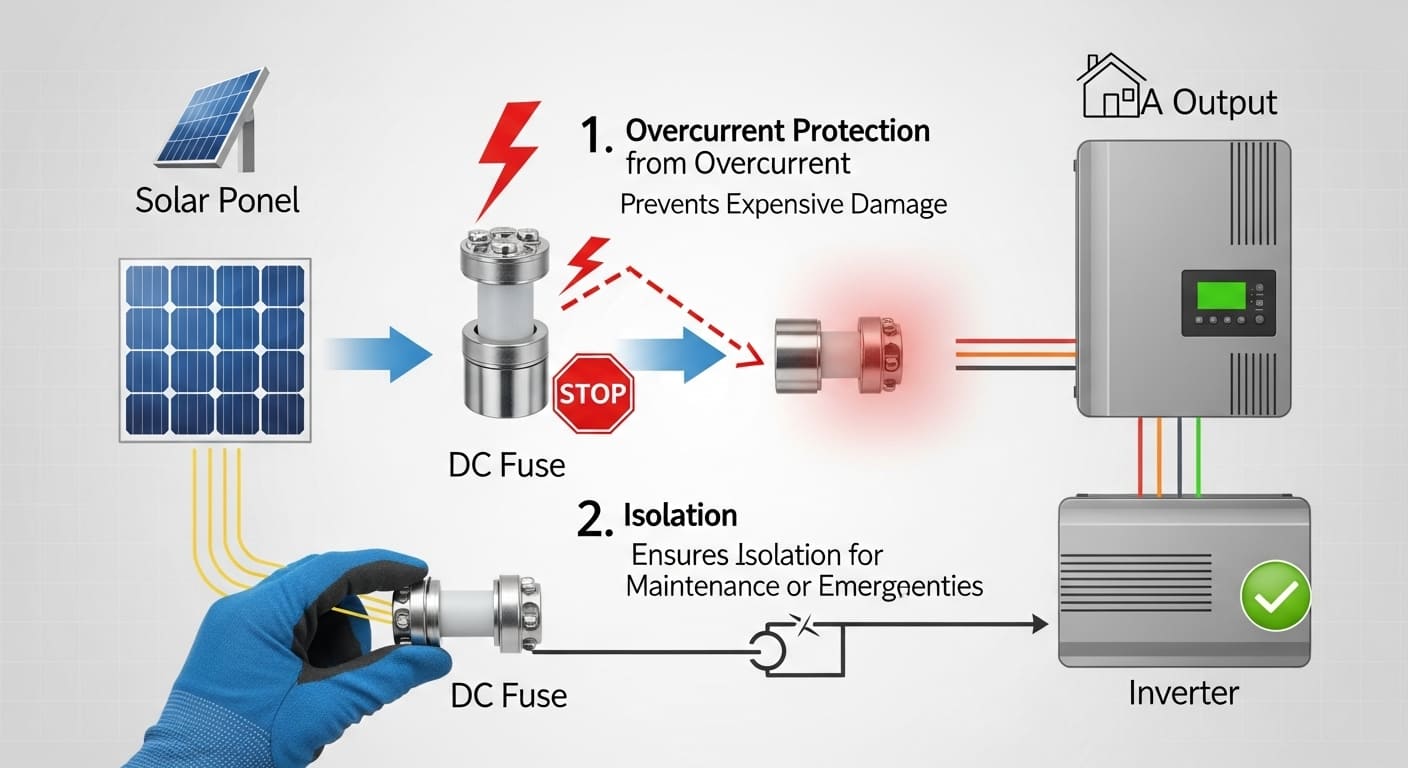
How inverter input protection works
Inverters act as system brains, but they are still vulnerable. I often see installers assume that an inverter’s software has built-in protection. It does not. The DC fuse isolates each string during a fault before the excess energy enters semiconductor components. I once inspected a system with a failed MPPT channel because the fuse was oversized; the board burned beyond repair. Since then, I check both continuous current and environmental derating before deciding on a fuse value.
| Protection Location | Function | Typical Rating | Risk if Absent |
|---|---|---|---|
| DC Input Fuse | Limits current entering inverter | 15–30A | Damage to MPPT circuitry |
| DC Disconnect | Manual isolation for service | 600–1500V | Risk during maintenance |
| Surge Protection Device | Protects from lightning surge | Rated per IEC | Inverter shutdown |
DC fuses turn unpredictable power into manageable energy, forming the first and most reliable layer of protection.
What is the 80% rule for fuses6?
System designers ignore current derating at their own cost.
The 80% rule means that a fuse should only carry up to 80% of its rated current continuously, allowing headroom for temperature rise and safety margin in long-duration loads.
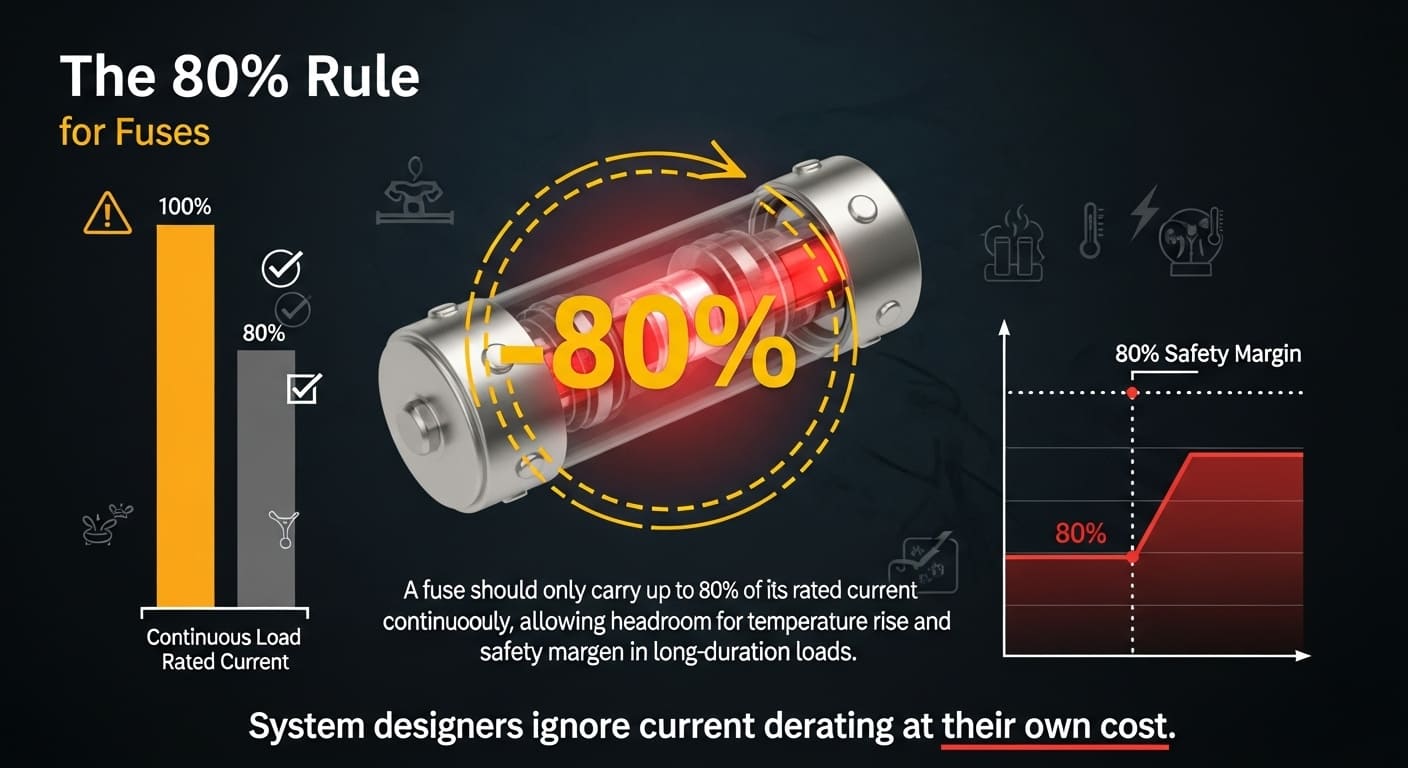
Why continuous current derating matters
Solar systems often operate near maximum generation for hours, not seconds. That heat adds up. I learned early that a “15A” fuse does not mean it can carry 15A forever. The real safe current is around 12A in continuous PV operation. The problem becomes serious when ambient temperature rises, or panels are oversized for the inverter. An undersized fuse can trip too often, but an oversized one can fail to protect during faults. The balance relies on applying the 80% rule correctly every time.
| Rated Fuse Current | Continuous Safe Load (80%) | Best Use Case |
|---|---|---|
| 10A | 8A | Small branch circuits |
| 15A | 12A | Single string solar |
| 25A | 20A | Combined array circuit |
| 32A | 25.6A | Heavy DC bus applications |
Following this rule safeguards both the fuse and the connected conductors in real environmental conditions.
Should I put a fuse on my solar panel?
Safety starts at the panel, not at the inverter.
Yes, each solar panel string should include a fuse to stop backfeed currents from other strings that could cause reverse current faults.

The often-ignored panel-level fuse
Some small systems skip individual fuses because their short-circuit current seems low. I used to believe that too until I saw a string meltdown caused by backfeed from parallel arrays. One damaged module drew current from the others instead of generating power. Without a fuse, it overheated and failed catastrophically. The correct method is to fuse each string at the combiner box or junction point, allowing safe isolation and controlled disconnection under fault.
| System Type | When to Fuse | Recommended Fuse | Installation Location |
|---|---|---|---|
| ≤2 Strings | Often optional | Same as module Isc × 1.25 | At combiner input |
| 3+ Strings | Required | DC-rated PV fuse | Combiner box |
| Large PV Farms | Mandatory | Coordinated fuse system | String level and DC bus |
Installing fuses at the panel not only prevents failures but also simplifies maintenance and testing.
Conclusion
A photovoltaic fuse is not a small accessory but a core safety component in DC solar systems.
-
Understanding photovoltaic fuses is crucial for ensuring safety and efficiency in solar installations. ↩
-
Learn about the importance of DC-rated devices in preventing overcurrent damage in solar installations. ↩
-
Explore the risks of overcurrent damage and how to prevent it in solar energy systems. ↩
-
Understanding high-voltage endurance can help you choose the right fuses for your solar systems. ↩
-
Explore the differences between DC and AC fuses to ensure proper protection in solar systems. ↩
-
Learn about the 80% rule to ensure safe and effective use of fuses in solar installations. ↩



